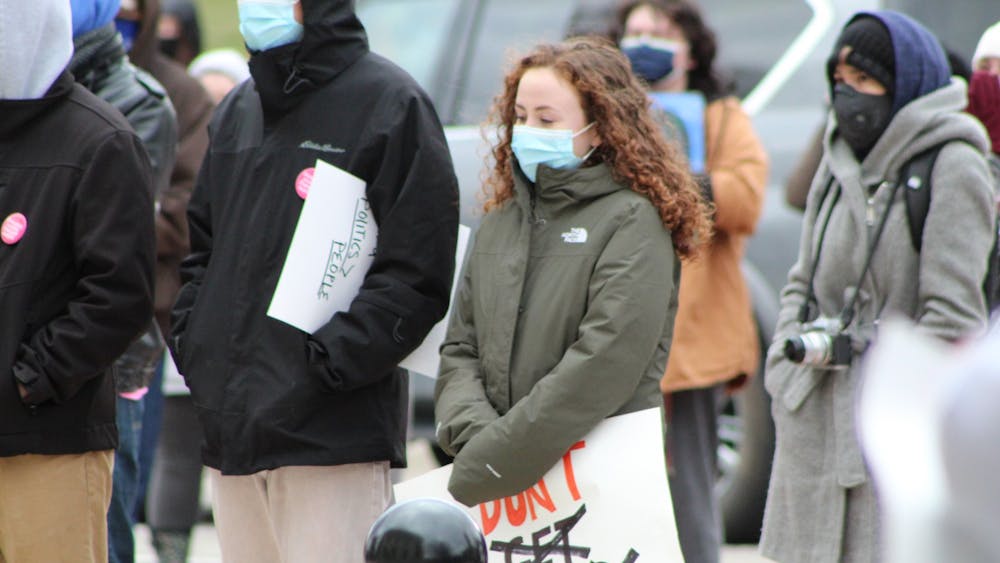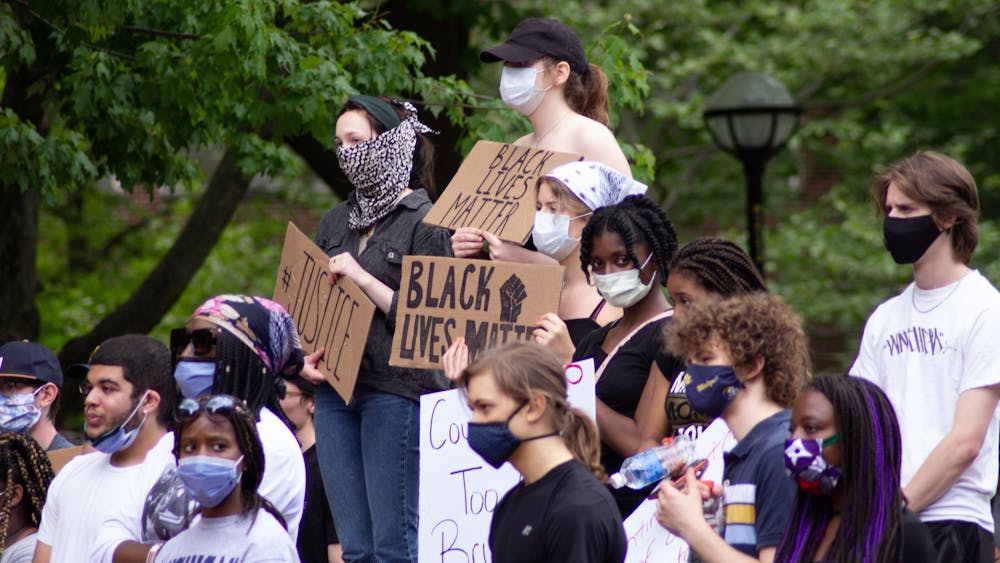The Eastern Michigan University Police Department prides itself on community policing efforts and being relatively free of controversy. However, since at least 2016, some students of color at EMU have reported being fearful of campus police. Likewise, students who have come forward about experiencing sexual assault on EMU’s campus have alleged that the EMU PD downplayed and turned a blind eye to their experiences.
Chief Heighes, who will be retiring from his position this month, could have had good intentions as chief of police, and did write a sympathetic letter to the EMU community following the murder of George Floyd. However, four EMU police officers were invited to partake in a controversial police training hosted on EMU’s campus back in 2017. Day one of this training was led by David Grossman, the author of the book “On Killing.” Grossman has been known to present “fear-based warrior trainings” that, as of 2020, were banned by the entire state of Minnesota under the Minnesota Police Accountability Act. One year prior to EMU PD receiving this training, Philando Castile was murdered by a Minnesota police officer, and the officer who murdered him had attended one of Grossman’s trainings two years prior.
While the EMU PD is known as the primary public safety unit on campus, some non-police public safety programs exist at EMU. The Student Eyes and Ears for University Safety is one such program. SEEUS should be expanded to provide escort services until 2 a.m., operate on the weekends, and provide escorts to and from nearby off campus events, such as parties. They could also receive training on how to de-escalate conflicts themselves.
If the University were to create a non-police emergency crisis team staffed by social work and nursing graduates, (similar to the CAHOOTS team in Eugene, Oregon) then SEEUS could be the student “eyes and ears” for that team as well. An emergency crisis team could handle mental health emergencies, help find people short-term and safe housing, provide transportation for those in need, work on conflict resolution and de-escalation, and respond to overdoses, among other things. Having a team like this could have helped the following situation.
On May 30, former EMU student Daisha Dominic received a call saying she would have to come down to the EMU Police station. She was driven to the station and petitioned to be hospitalized by the EMU PD, according to the police report. This was because of a social media video she had made about the need for more candid conversations about suicidal ideation.
Dominic complied with the officers, and while in the hospital, she spoke with a social worker who recognized Dominic was experiencing passive, not active suicidal ideation, and recommended that she be discharged, Dominic said. However, a doctor thought otherwise, she said.
“An arrogant doctor who interrupted and condescended to me took my phone to view the video, and without saying anything else, told me I had to stay for the evening,“ Dominic said.
Despite reassuring viewers that she had no plans to act on what she was discussing, someone had made the Assistant Vice President for Student Affairs and Dean of Students, Ellen Gold, aware of the of the video she had posted. Gold then called EMU PD Dispatch to advise she was concerned about Dominic, according to the police report.
According to current EMU policy, staff members are supposed to contact the Department of Public Safety when a student has expressed suicidal thoughts or statements. Since Dominic’s situation was reported as an immediate crisis, the Dean of Students (who is on the Student Intervention Team), called the police on Dominic.
“It took from 10 a.m. that morning to about 5 or 6 p.m. for them to locate me because Ellen Gold did not call me,“ Dominic said.
Dominic never wanted to be hospitalized, nor have the police called. Dominic had fortunately developed a strong support system prior to this event, but the event left her traumatized. She fought for the entire summer to find out what happened, why it happened, and who was to blame. Her mental health worsened greatly. She was not seeking revenge for what happened, just accountability. While Steven Bryant, Director of Diversity and Community Involvement “did not want her to have to experience any trauma or pain,” Dominic feels that Director Bryant and the rest of the DCI team failed to adequately explain what led to her hospitalization, or adequately check up on her wellbeing following it.
While Dominic had sent countless emails and messages to the DCI team, Dominic feels as though they have failed to accept accountability for what happened, and only began to receive much more detailed responses after multiple white students (Daisha is a Black, queer woman) reached out to the team on her behalf, Dominic said.
“If staff members can not tell the difference between types of ideation and what is and is not a crisis situation, they need that training or need to stay out of it completely, but DPS is in no way shape or form the correct department to be making these calls,” Dominic said.
Public safety can look like a lot more than people in uniforms wielding weapons and putting people in cages. Some police officers realize that too. However, an institution that has a monopoly on violence cannot be the solution to the violence and harm present in society. Public safety should be about interrupting violence, not perpetuating it.










